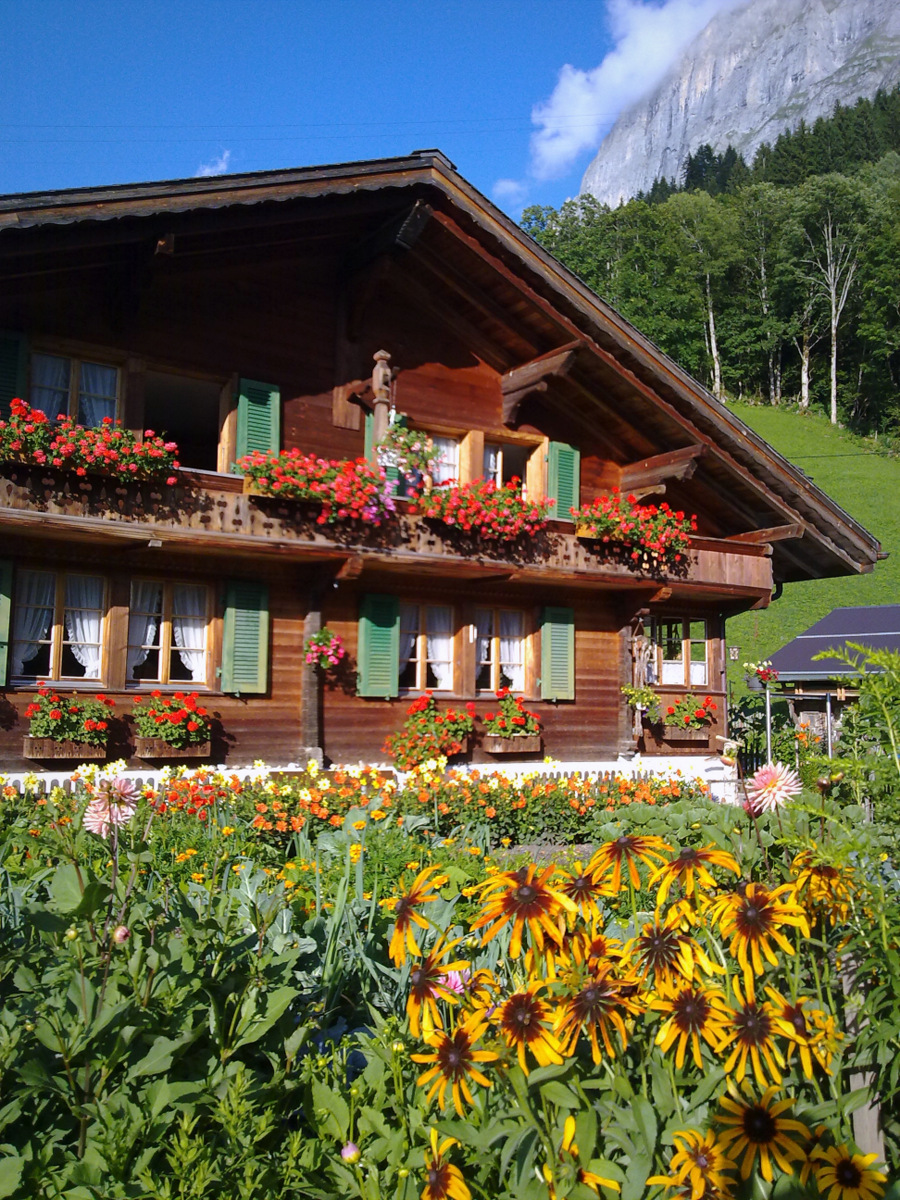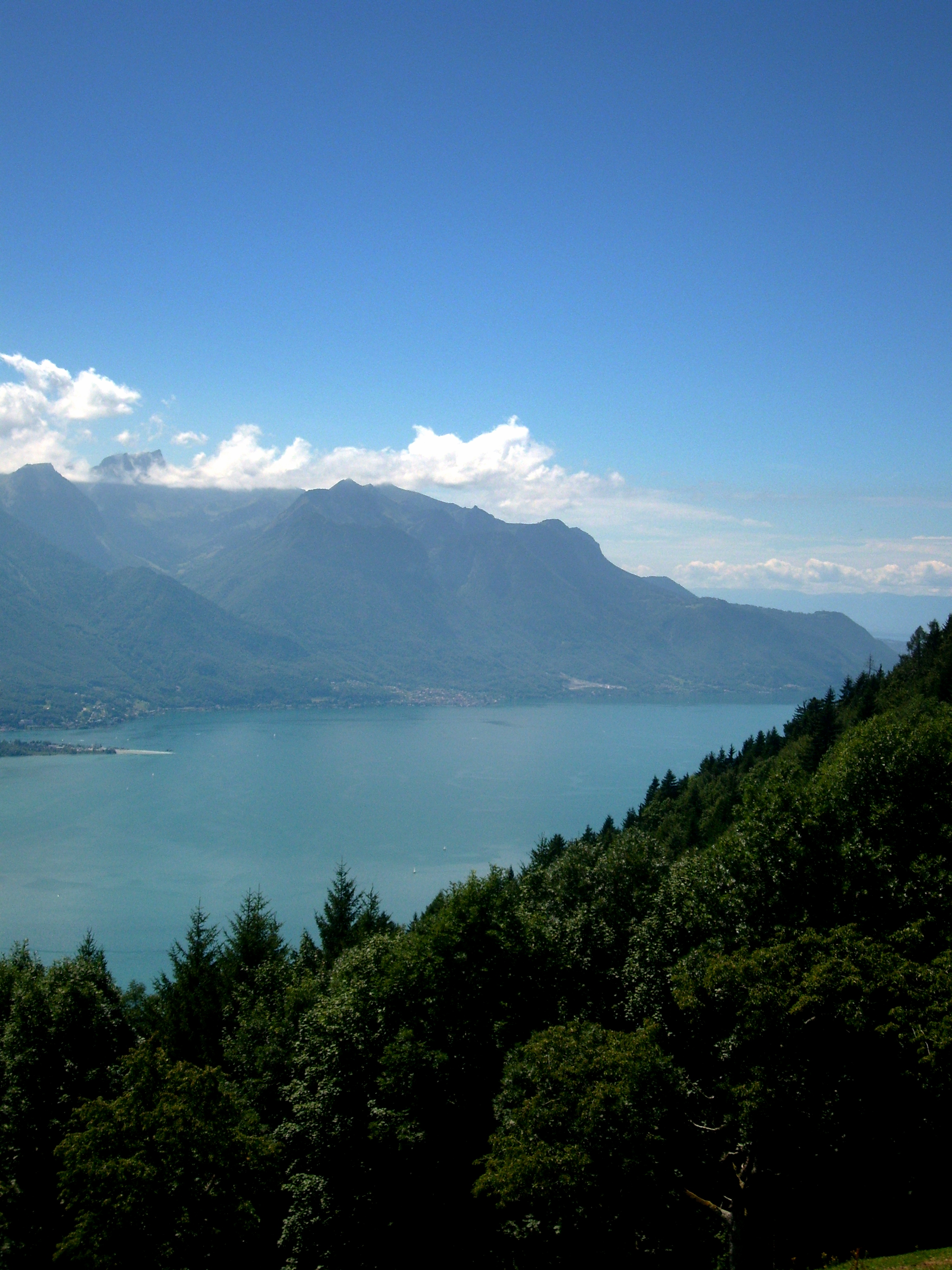|
Institut Le Rosey
Institut Le Rosey (), commonly referred to as Le Rosey or simply Rosey, is a private school, private boarding school in Rolle, Switzerland. It was founded in 1880 by Paul-Émile Carnal on the site of the 14th-century Château du Rosey in the town of Rolle in the canton of Vaud. The school also owns a campus in the ski resort village of Gstaad in the canton of Bern, to where the student body, faculty and staff move during the months of January through March. In 2015, Christophe Gudin, son of the fourth director of Le Rosey, Philippe Gudin, became the fifth director. Kim Kovacevic is the headmaster. Le Rosey is included in The Schools Index of the world's 150 best private schools and among top 10 international schools in Switzerland. Overview The school offers a Bilingual education, bilingual and Biculturalism, bicultural education with the language of instruction being French or English depending on the student's academic program. Students may sit either the International Baccal ... [...More Info...] [...Related Items...] OR: [Wikipedia] [Google] [Baidu] |
Rolle
Rolle () is a Municipalities of Switzerland, municipality in the Cantons of Switzerland, Canton of Vaud in Switzerland. It was the seat of the district of Rolle (district), Rolle until 2006, when it became part of the district of Nyon District, Nyon. It is located on the northwestern shore of Lake Geneva (''Lac Léman'') between Nyon and Lausanne. Rolle is approximately northeast of Geneva (Genève) in the La Côte wine-growing region, and has views of the high Alps. Rolle is also the birthplace of Frederic-Cesar de la Harpe, Frédéric-César de la Harpe (1754–1838), who was the tutor of Alexander I of Russia and was largely responsible for the independence of the Vaud, Canton of Vaud from the Canton of Bern, Bernese. History Rolle is first mentioned in 1294 as ''Rotuli''. In 1295 it was known as Ruello and as Ruelloz, the city, in 1330 after it passed into the hands of Jean De Grailly the 1st, a Knight entrusted to care for the future King Edward the 2nd. Prehistoric settl ... [...More Info...] [...Related Items...] OR: [Wikipedia] [Google] [Baidu] |
International Baccalaureate
The International Baccalaureate Organization (IBO), more commonly known as the International Baccalaureate (IB), is a nonprofit foundation headquartered in Geneva, Switzerland, and founded in 1968. It offers four educational programmes: the IB Diploma Programme and the IB Career-related Programme for students aged 16 to 19, the IB Middle Years Programme for students aged 12 to 16, and the IB Primary Years Programme for children aged 3 to 12. To teach these programmes, schools must be authorized by the International Baccalaureate. The organization's name and logo were changed in 2007 to reflect new structural arrangements. Consequently, "IB" may now refer to the organization itself, any of the four programmes, or the diploma or certificates awarded at the end of a programme. History Inception The foundations of the International Baccalaureate (IB) can be traced back to 1948, when Marie-Thérèse Maurette authored Educational Techniques for Peace. Do They Exist?. In this ... [...More Info...] [...Related Items...] OR: [Wikipedia] [Google] [Baidu] |
Feudal
Feudalism, also known as the feudal system, was a combination of legal, economic, military, cultural, and political customs that flourished in Middle Ages, medieval Europe from the 9th to 15th centuries. Broadly defined, it was a way of structuring society around relationships derived from the holding of land in exchange for service or labour. The classic definition, by François Louis Ganshof (1944),François Louis Ganshof (1944). ''Qu'est-ce que la féodalité''. Translated into English by Philip Grierson as ''Feudalism'', with a foreword by F. M. Stenton, 1st ed.: New York and London, 1952; 2nd ed: 1961; 3rd ed.: 1976. describes a set of reciprocal legal and Medieval warfare, military obligations of the warrior nobility and revolved around the key concepts of lords, vassals, and fiefs. A broader definition, as described by Marc Bloch (1939), includes not only the obligations of the warrior nobility but the obligations of all three estates of the realm: the nobility, the cl ... [...More Info...] [...Related Items...] OR: [Wikipedia] [Google] [Baidu] |
Chalet
A chalet (pronounced in British English; in American English usually ), also called Swiss chalet, is a type of building or house, typical of the Alpine region in Europe. It is made of wood, with a heavy, gently sloping roof and wide, well-supported eaves set at right angles to the front of the house. Definition and origin The term ''chalet'' comes from the Arpitan-speaking part of Switzerland and the French Savoy region, and originally referred to the hut of a herder. It was often embedded in the ground for the sake of temperature buffering. Many chalets in the European Alps were originally used as seasonal farms for dairy cattle, which would be brought up from the lowland pastures during the summer months. The herders would live in the chalet and make butter and cheese in order to preserve the milk produced. These products would then be taken, with the cattle, back to the low valleys before the onset of the alpine winter. The chalets would remain locked and unused duri ... [...More Info...] [...Related Items...] OR: [Wikipedia] [Google] [Baidu] |
Lausanne
Lausanne ( , ; ; ) is the capital and largest List of towns in Switzerland, city of the Swiss French-speaking Cantons of Switzerland, canton of Vaud, in Switzerland. It is a hilly city situated on the shores of Lake Geneva, about halfway between the Jura Mountains and the Alps, and facing the French town of Évian-les-Bains across the lake. Lausanne is located (as the crow flies) northeast of Geneva, the nearest major city. The Federal Supreme Court of Switzerland convenes in Lausanne, although it is not the ''de jure'' capital of the nation. The municipality of Lausanne has a population of about 140,000, making it the List of cities in Switzerland, fourth largest city in Switzerland after Basel, Geneva, and Zurich, with the entire agglomeration area having about 420,000 inhabitants (as of January 2019). The metropolitan area of Lausanne-Geneva (including Vevey-Montreux, Yverdon-les-Bains, Valais and foreign parts), commonly designated as ''Lake Geneva region, Arc lémanique ... [...More Info...] [...Related Items...] OR: [Wikipedia] [Google] [Baidu] |
Geneva
Geneva ( , ; ) ; ; . is the List of cities in Switzerland, second-most populous city in Switzerland and the most populous in French-speaking Romandy. Situated in the southwest of the country, where the Rhône exits Lake Geneva, it is the capital of the Canton of Geneva, Republic and Canton of Geneva, and a centre for international diplomacy. Geneva hosts the highest number of International organization, international organizations in the world, and has been referred to as the world's most compact metropolis and the "Peace Capital". Geneva is a global city, an international financial centre, and a worldwide centre for diplomacy hosting the highest number of international organizations in the world, including the headquarters of many agencies of the United Nations and the International Committee of the Red Cross, ICRC and International Federation of Red Cross and Red Crescent Societies, IFRC of the International Red Cross and Red Crescent Movement, Red Cross. In the aftermath ... [...More Info...] [...Related Items...] OR: [Wikipedia] [Google] [Baidu] |
Season
A season is a division of the year based on changes in weather, ecology, and the number of daylight hours in a given region. On Earth, seasons are the result of the axial parallelism of Earth's axial tilt, tilted orbit around the Sun. In temperate and polar regions, the seasons are marked by changes in the intensity of sunlight that reaches the Earth's surface, variations of which may cause animals to undergo hibernation or to Migration (ecology), migrate, and plants to be dormant. Various cultures define the number and nature of seasons based on regional variations, and as such there are a number of both modern and historical definitions of the seasons. The Northern Hemisphere experiences most direct sunlight during May, June, and July (thus the traditional celebration of Midsummer in June), as the hemisphere faces the Sun. For the Southern Hemisphere it is instead in November, December, and January. It is Earth's axial tilt that causes the Sun to be higher in the sky during the ... [...More Info...] [...Related Items...] OR: [Wikipedia] [Google] [Baidu] |
Lake Geneva
Lake Geneva is a deep lake on the north side of the Alps, shared between Switzerland and France. It is one of the List of largest lakes of Europe, largest lakes in Western Europe and the largest on the course of the Rhône. Sixty percent () of the lake belongs to Switzerland (the cantons of Vaud, Canton of Geneva, Geneva and Valais) and forty percent () to France (the department of Haute-Savoie). Name While the exact origins of the name are unknown, the name was in use during the time of Julius Caesar. comes from Ancient Greek () meaning "port's lake". In Medieval Latin it was known as , although this name was also used for Lausonius Lacus, a town or district on the lake, or ; the equivalent in Old French was . Following the rise of Geneva it became (translated into English as ''Lake Geneva''), but was the common name on all local maps and is the customary name in the French language. In contemporary English language, English, the name ''Lake Geneva'' has become predo ... [...More Info...] [...Related Items...] OR: [Wikipedia] [Google] [Baidu] |






